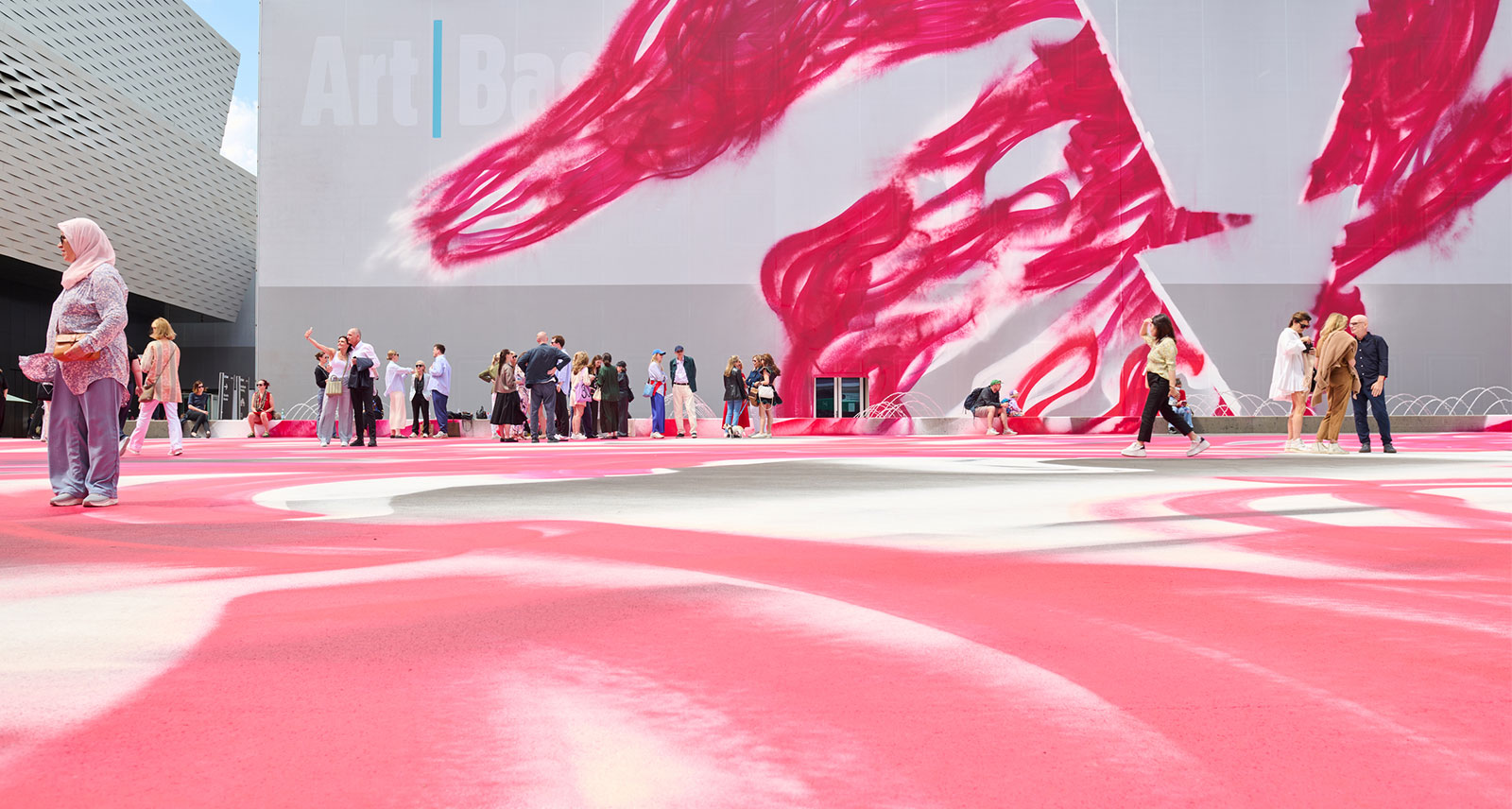Bidding Farewell to Jaguar’s F-Type Sports Car in Monaco
We went to the French Riviera recently to bid farewell to what is likely Jaguar’s last gas-burning sports car, the F-Type. To say it was bittersweet is an understatement. We’re mourning the end of an era – 120 years of combustion-powered Jaguar coupes – and the end of one of the most wildly entertaining sports car of the last 20 years.
Blasting along the Riviera, dashing up into the mountains, and navigating the maze-like streets of Monaco in the last Jaguar F-Type reminded us what made this car so good, and miss it ever more.
You can watch that story here:
A Brief History Of The Jaguar F-Type
The Jaguar F-Type was first introduced in 2012, at the Paris motor show, a couple of years after Jag’s C-X16 concept offered a thinly veiled look at the production model.
A smaller, sportier car from Jag had been a long-time coming; the idea had been kicked around the company since the late ‘90s. But it wasn’t until after Jaguar and Land Rover came under the new ownership of the Tata Group that the British marque finally had the resources to pursue what would become the F-Type. Obviously, it was worth the wait.


From the moment it was unveiled in Paris, it was clear Jaguar understood better than its rivals that sports cars are unnecessary. Nobody needs one. You have to make people want a sports car. It has to tug at the heart strings. It needs to be love at first sight for it to be a success.
To that end, Jaguar made this car absolutely beautiful, with perfect proportions, elegant curves and beautiful light-catching surfaces. There were no fussy or frivolous details. The design team absolutely nailed it on the first try, which was no small feat.

Ian Callum was Jaguar’s director of design in 2012 when the F-Type was officially unveiled. “A true sports car,” he said then, “needs to be pure in both its purpose and its form; to have the opportunity to produce such a car for Jaguar has been a privilege both for myself and for my team. The C-type, D-type and E-type Jaguars were all sports cars that held true to this principle in their era, and the F-Type will hold true to that same principle in its time, a time that is soon to arrive.”
(Callum, by the way, who has since semi-retired, is often considered among the best car designers of the modern era for his work at both Jaguar and Aston Martin. At those brands he made uncommonly beautiful coupes and cabriolets that have all stood the test of time.)


You can hear in Callum’s words the weight of expectation. He knew the F-Type would be standing on the shoulders of giants, ultimately being judged against some of the great sports cars of all-time, many of which came from Jaguar’s own back-catalog: the two-time Le Mans winning 1951-53 Jaguar C-Type, the flyweight D-Type, and the E-Type, which was famously described by none other than Enzo Ferrari as, “the most beautiful car in the world.”
In hindsight, although the F-Type never competed at the top-level of Le Mans, it certainly earned its place alongside other classic Jags. It will be missed.



To mark its final year of production, Jaguar is offering the F-Type 75 and F-Type R 75 special editions. The former has Jag’s supercharged V8 and 444 horsepower, while the latter has all-wheel drive and 567 hp. We’ll certainly miss the sound of this engine when it’s gone.
The Future Of Jaguar
Unsurprisingly to anyone who has been paying attention to the auto industry, the F-Type is being discontinued to make way for Jaguar’s electric future.
The marque is being reimagined as, “a modern luxury brand,” as part of Jaguar Land Rover’s strategic decision to invest 15 billion pounds over five years. That cash is meant to set the company up for the electric era.

The first of three reimagined new Jaguars will be a 4-door GT, built in the U.K., that’ll crank out more horsepower than any Jaguar before it. The car will be built on an all-new architecture, dubbed JEA, and drivers can expect a range of up to 700 kilometres and a price tag well over $100,000 in Canada. The company promises to reveal more details later this year, before the car goes on sale in 2024 and customer deliveries begin in 2025.
Video courtesy of @justintse — visit Justin Tse’s YouTube Channel here.










